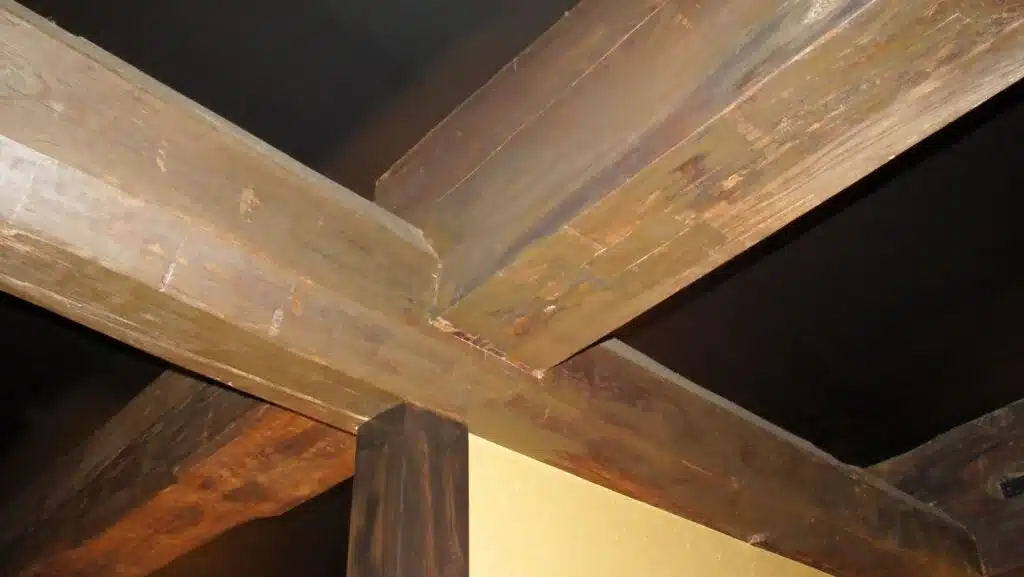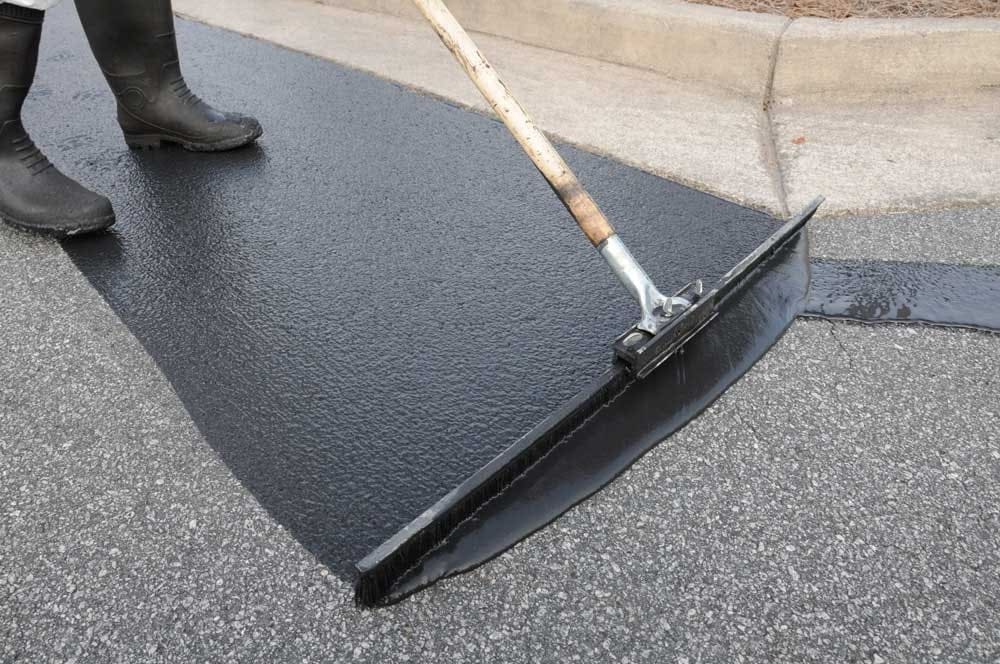The Ultimate Guide to Wood Beam Connections Step-by-Step
Introduction
Wood beam connections are crucial for the structural integrity of various projects, from residential homes to commercial buildings. Properly connecting wooden beams ensures stability, safety, and longevity. In this ultimate guide, we will take you through step-by-step instructions for different wood beam connection methods. Whether you’re a DIY enthusiast or a professional builder, understanding these connections is essential. We will cover common methods, such as bolting, notching, and joining with connectors. By the end of this guide, you’ll have a comprehensive understanding of how to make secure wood beam connections.
Assess Your Project Requirements
Before diving into wood beam connections, it’s essential to assess your project’s specific requirements. Consider factors like the load-bearing capacity, structural design, and environmental conditions. This initial evaluation will help you choose the appropriate connection method, as not all methods are suitable for every project.
Gather Your Tools and Materials
To successfully connect wood beams, you’ll need the right tools and materials. Common tools include a saw, drill, chisel, measuring tape, and a wrench. The materials can vary depending on the method you choose, but you may need bolts, nails, timber connectors, or adhesives. Ensure you have everything on hand before starting.
Choose the Right Wood Beam Type
Selecting the right type of wood beam is crucial. Depending on your project, you can opt for solid sawn, glulam, or engineered wood beams. The choice of beam type will influence your connection method and its effectiveness. Make sure the beams are properly sized and graded for your project’s needs.
Determine the Beam Connection Method
There are several wood beam connection methods to choose from, including:
a. Bolting: This method involves drilling holes through the beams and using bolts to secure them together. It’s a strong and versatile connection method, suitable for various applications.
b. Notching: Notching is the process of cutting out a section of one beam to fit the other beam into it, creating a flush connection. This is commonly used for timber framing.
c. Joining with Connectors:
Timber connectors, such as metal plates and brackets, provide a secure and efficient way to connect wood beams. They are easy to install and offer stability
Prepare the Beams
Once you’ve chosen your connection method, it’s time to prepare the beams. For bolting, drill the required holes in the beams, making sure they line up perfectly. If you’re notching, carefully cut out the corresponding sections, ensuring a snug fit. When using connectors, follow the manufacturer’s instructions for installation.
Assemble the Connection
The assembly process depends on your chosen connection method. If you’re using bolts, insert them through the pre-drilled holes and secure them with nuts and washers. For notching, slide the beams together, ensuring a tight fit, and fasten them with screws or nails. When using connectors, position them according to the manufacturer’s guidelines and secure them with appropriate fasteners.
Check for Alignment and Leveling
After the connection is assembled, check the alignment and ensure the beams are level. This step is crucial for maintaining the structural integrity of your project. Use a level and measuring tools to make any necessary adjustments.
Reinforce the Connection
Depending on your project’s requirements and local building codes, you may need to reinforce the wood beam connection. This can involve adding additional connectors, braces, or plates to enhance stability and safety.
Test the Connection
Before proceeding further with your project, it’s a good practice to test the wood beam connection’s strength and stability. Apply a load or pressure to ensure the connection can withstand the expected force
Finishing Touches
Finally, complete your wood beam connection by applying the finishing touches. This may include sanding, sealing, or painting the beams to protect them from environmental factors and enhance their appearance.
Conclusion
Properly connecting wood beam is a fundamental aspect of any construction project. Whether you’re building a new structure or renovating an existing one, understanding the step-by-step process for wood beam connections is crucial.
By assessing your project’s requirements, choosing the right connection method, and following the assembly and reinforcement steps, you can ensure the structural integrity and safety of your project. With the knowledge gained from this ultimate guide, you’ll be well-equipped to make secure and long-lasting wood beam connections for a wide range of applications.














